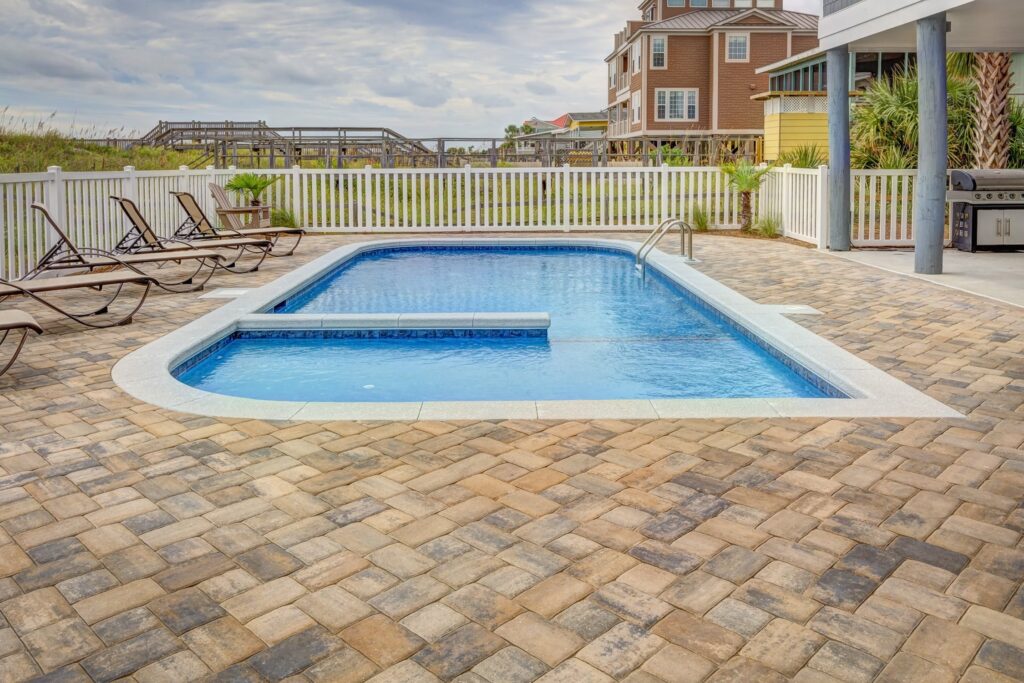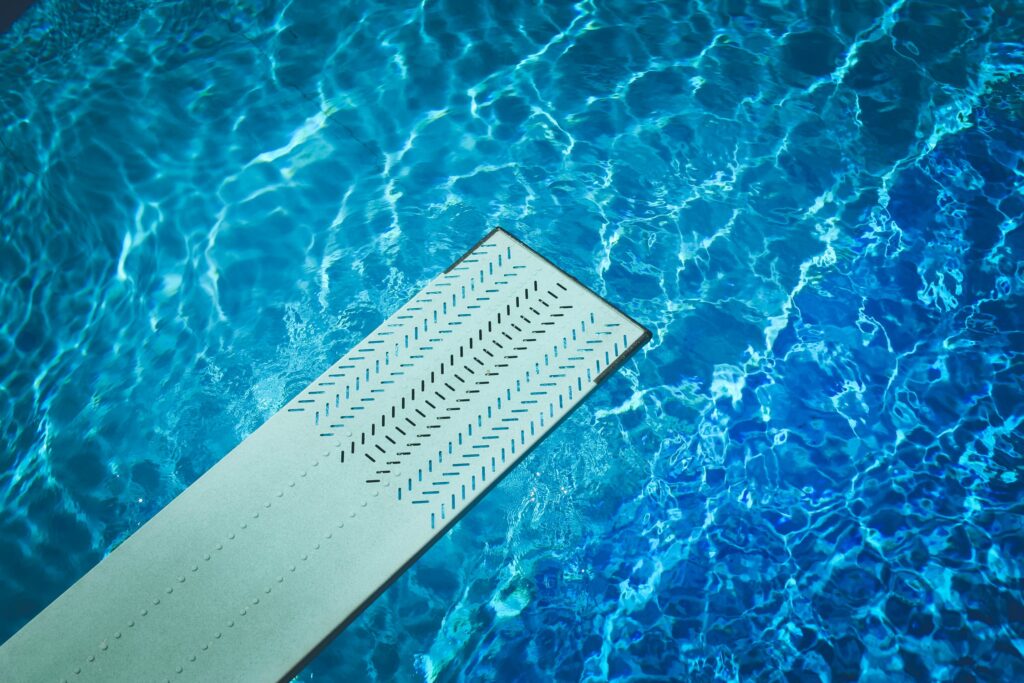If we are honest, getting a pool has never been easier. Not only have you got multiple options when it comes to its type, size, design, shape, etc., but also, they have never been cheaper. Due to this reason, it might be the right time to start thinking about installing one in your backyard.
There are multiple benefits to having one of these, everything from boosting your own comfort and health to increasing property value. So, as you can see, you don’t really need a specific reason to move ahead with this investment. However, there are some things that you have to consider to be sure that you have made the right choice for your property.
Generally speaking, most people opt for long-term pools, i.e., those that will stay in their backyard for years, if not decades. In this case, customers have to choose between a fiberglass and a concrete pool. Because of this, the features and differences between these are the main subjects of this article. Hopefully, you will have a pretty good idea of what your choice should be by the end of this text.
Cost

Let’s begin with what people are most interested in learning – the expenses of purchasing, installing and maintaining the pool. When comparing these two types, the fiberglass one is, without a doubt, cheaper.
If you were to purchase it for a certified company and have them install it for you, you would have to pay anywhere between $45,000 and $85,000. This expense can be significantly higher if you want to go with some intricate design, additional water features, and so on. Even though it is not recommended, some people choose to turn this installation process into a DIY project. If you were to do this, the cost would be between $12,000 and $30,000, depending on the pool’s size and additional accessories.
On the other hand, the initial cost of buying and installing a concrete one is between $50,000 and $100,000, which is a significant difference when compared to the fiberglass one. What’s more, concrete pools require great maintenance, so you cannot forget to include these long-term costs, which are around $25,000 every ten years. This expense is remarkably lower when it comes to fiberglass ones. It is only $4,000 for the same period of time.
Installation

You can probably guess by now which one of these takes more time and effort during the installation process. That’s right, the concrete pool is the right answer. Generally speaking, it can take anywhere between 3 and 6 months. You have to admit that this is a long time. It might be okay if you still haven’t moved into the house, but it can be quite challenging if you already live there because you won’t be able to use your backyard during this time.
On the contrary, when compared to the concrete, it seems that fiberglass one can be installed in a blink of an eye. Well, 3 to 5 weeks, to be more exact. Upon making this purchase, the pool will be delivered to your home after a few days and installed almost immediately. You will then have to deal with landscaping, patio, and decking, which will actually take more time.
Design

Now that you have some basic info about the price and the installation, it is time to discuss the fun part –design options you have. When it comes to fiberglass pools, they are usually made from pre-existing molds, meaning that your customization options are limited. Obviously, this doesn’t mean that you have to stay within these restrictions, but you will probably have to invest more time and effort to find a company that can provide you with what you want. In addition, if you want to get an above-ground pool, the fiberglass is the right choice for you, and you can see here more details about these.
Nevertheless, if you have a specific design in mind and want something that will drastically affect and change the appearance of your entire property, you should opt for a concrete one. As you can assume, your design and shape options are endless when it comes to this type. You are the one who chooses how long or deep it is going to be.
Maintenance

We have already mentioned the average maintenance cost of both of these pools, but let’s discuss this point in detail. The inside of the fiberglass pool is finished with gelcoat, which does not affect the water pH. It means that you aren’t required to add acid to it, which is one less product you need to buy. However, you still have to check the water chemistry at least once a week.
Nevertheless, if you opt for a concrete one, there will be many chores for you to complete regularly. Firstly, you will have to add hydrochloric acid to the water daily to balance the water pH. Next, you will have to meticulously scrub the entire surface with a steel brush to prevent algae from forming. This isn’t one of the potential issues owners of fiberglass pools face.
Durability

As you can assume, both of these are extremely durable, which means you won’t have to worry about anything if you maintain them regularly and correctly. All you have to do is use a salt-chlorine generator, which won’t have any negative effects on the fiberglass shell, but you shouldn’t use it on the plaster-based interior of the concrete one. We have another interesting pro of fiberglass pools. They are better at withstanding major ground movements, meaning that they won’t crack, unlike the concrete ones that probably would.
Moreover, even though you don’t have to worry about the damages to the interior finish of the concrete pool, you should still re-plaster and re-do it every 10 to 15 years. Which one should you choose? Well, if durability was to be your only requirement, you could go both ways and rest assure that you have made the right choice.
